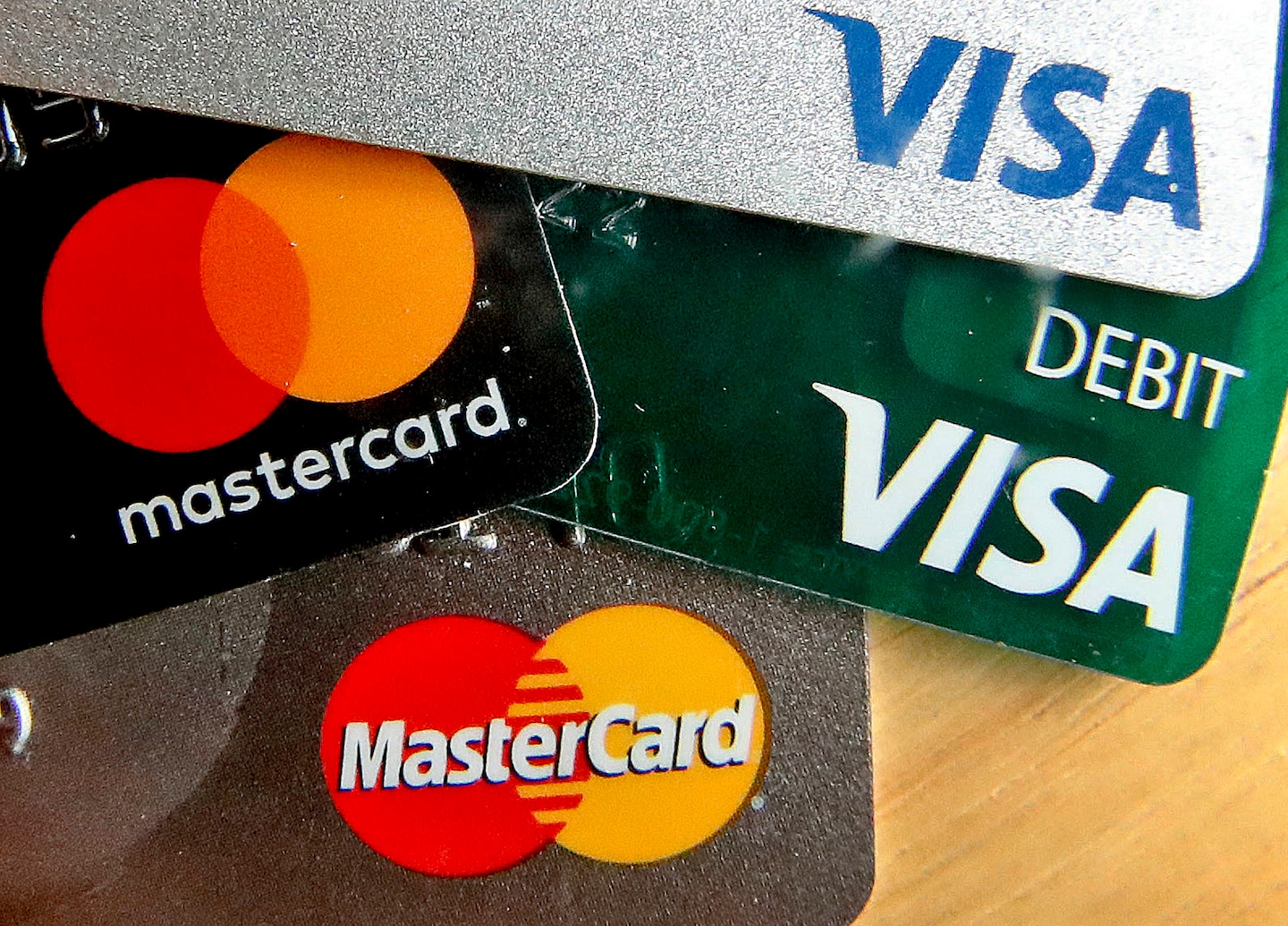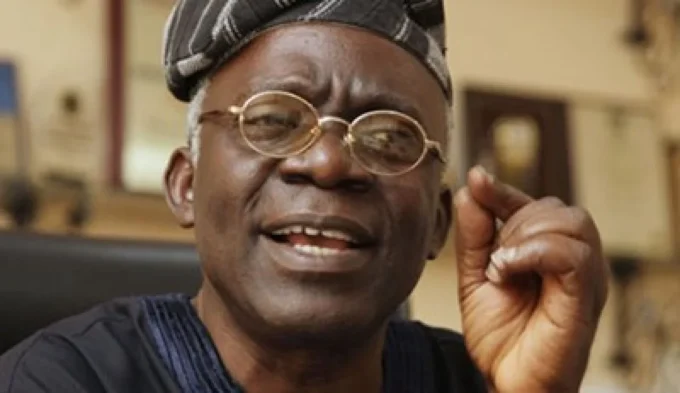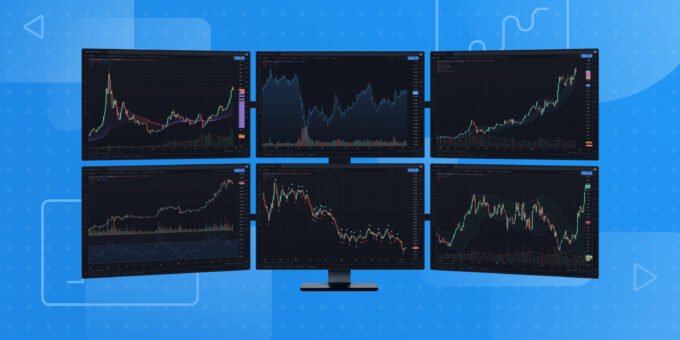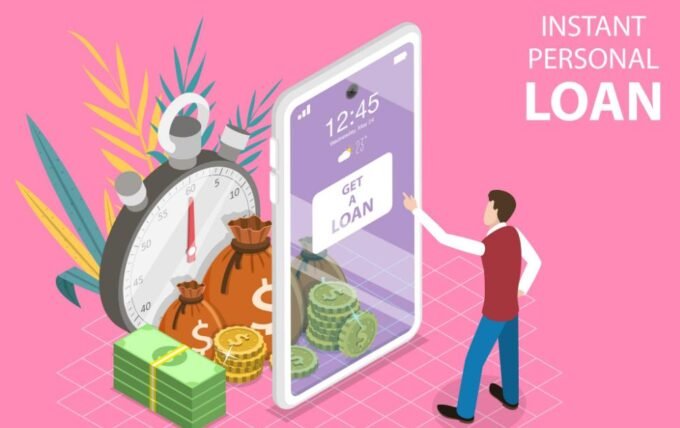“We are trying to do the best we can to manage with what we have,” said Yaney, 49, a financial analyst for a hospital in Little Rock. “But I can’t stop feeding my family. I can’t stop paying utilities. So unfortunately things like credit cards may have to go past due — which means the late fees kick in and the interest doubles — and the next thing you know, we’re way behind and there’s no way to catch up.”
After a coronavirus-era reprieve, Americans are borrowing heavily again to keep up with decades-high inflation on essentials such as food, gas, and housing. Credit card debt is rising at its fastest clip in more than 20 years, according to the Federal Reserve Bank of New York. Overall, Americans owe $887 billion on their credit cards, a 13 percent increase from a year ago.
Now, with the Fed rapidly raising interest rates to contain inflation, families are feeling the pinch of higher borrowing costs, too. Average credit card rates, at 18.7 percent, are at their highest level in 30 years and will probably continue rising, according to Bankrate.
Also read: Mens Tracksuits For You
The result, for many, is a sense of snowballing despair as debt loads and interest rates spike at the same time.
“Credit card debt is risky in itself, and the people who are being pushed to take on more credit card debt as the economy slows are people who don’t have other good options,” said Christian Weller, a senior fellow at the Center for American Progress and public policy professor at the University of Massachusetts Boston. “This creates a vicious cycle of financial insecurity, especially for households of color.”
Economists say there is little risk that a pileup of unpaid credit card balances could threaten the U.S. financial system. But the squeeze on families — particularly those who had paid down debt using stimulus checks and pandemic-era savings — will likely be acute.
Debt loads are piling up just as the U.S. economy appears to be heading toward a recession. There are mounting concerns that the Fed’s aggressive tightening, combined with global turmoil, could lead to a prolonged economic slowdown.
A number of worrisome economic wild cards also remain. Widespread job losses, for example, could mean that even borrowers who have so far been able to keep up with monthly payments may quickly fall behind. Experts say that could lead to spate of personal bankruptcy filings that could depress consumer spending and deepen a recession.
“The worry is what’s going to happen two years from now if people aren’t able to pay down this debt,” said Mary Eschelbach Hansen, an economics professor at American University. “Bankruptcy filings were very low during the pandemic but there is a real concern that could change, which has the potential to be a really serious problem.”
In Indianapolis, Zachary Harmon has taken on more than $2,200 in credit card debt in the past year, mostly to cover basics, such as food and utility bills. The 28-year-old, who receives $500 a month in disability checks and makes another few hundred dollars as a video game streamer, says it’s becoming increasingly difficult to keep up with expenses.
He recently gave up his $900-a-month apartment to move back in with his mother and is donating plasma at a local clinic to pay down his credit card debt.
“I was doing well, I was making ends meet, but inflation kept going up and up, and it kept getting harder and harder,” Harmon said. “You go to the grocery store now and it’s $3 for a loaf of bread. It just keeps stacking up.”
Americans paid off an unprecedented $83 billion of credit card debt in 2020, according to estimates from WalletHub. Federal stimulus money, combined with a slowdown in spending — on gas, travel, dining out and goods — meant families suddenly had more cash to devote to long-standing debts. But as the economy has reopened and inflation has surged to 40-year highs, Americans are borrowing more, for longer.
Nearly half of Americans with credit cards have outstanding debt on those cards, with an average balance of $5,270, according to data from CreditCards.com and TransUnion.
There are also signs that people are increasingly falling behind. The share of borrowers who are least 30 days behind on their credit card payments has grown, to 4.8 percent from 4.4 percent a year ago, according to the New York Fed, although they are still well below historic levels.
And Americans with credit card debt are taking longer to pay it off. Sixty percent of those with balances are at least a year past due, up from 50 percent a year ago, according to a CreditCards.com survey by YouGov. The percentage of borrowers carrying at least two years of debt also rose, to 40 percent from 32 percent.
Younger adults and those with the lowest household incomes are most likely to carry credit card debt for necessities such as groceries, child care and utilities, the survey found.
“With prices rising as they are, people are accumulating more and more debt — and that’s quite concerning because it could lead to higher rates of default,” said Olga Gorbachev, an economics professor at the University of Delaware whose work focuses on credit cards and inequality. “That is particularly going to fall on the typically disadvantaged consumers: the poor, single mothers, people who are already in bad shape financially and income-wise.”
Also read: 6 Live Casino Strategies for Winning
Inflation has wiped out recent wage gains for almost all workers. Prices have climbed 8.2 percent since last year, while average hourly earnings are up less than 5 percent in the same period. That has forced many families, especially those with lower incomes, to cut corners or take on extra debt to make ends meet.
Back in Arkansas, for example, both Yaney and his wife, who works for the federal government, say their 2 percent pay increases haven’t been enough to offset rising costs for their family of four. They’ve put off family vacations for two years and are growing tomatoes, zucchini, peas and okra to save on groceries. Yaney and his teenage son are also hunting and fishing more for their family’s food.
Even so, he says the credit card debt — along with late fees and interest — continues to pile up. The Yaneys have four cards in all, though they only use two of them. The others are store cards with especially high interest rates.
“It’s definitely not frivolous spending,” he said. “My wife and I celebrated our 20th anniversary and didn’t even go out to eat. We’re trying to find inventive ways to make ends meet, just like everyone else.”
Dee Chartier, a freelance photographer in Shelton, Wash., began relying more on her credit cards about a year ago, just as gas prices began their ascent.
Since then, the 55-year-old and her husband have gotten six new cards and amassed nearly $20,000 in debt paying for essentials. Her ballooning debt load, she said, has caused her credit score to go down, which means card companies are charging her higher interest rates. One credit card, she says, recently jumped from 18 percent interest to more than 29 percent.
“When your paycheck doesn’t cover everything and you need to have that gas to get to work so you can get a paycheck, where do you get that money? You put it on your credit card,” Chartier said. “It’s not like we’re trying to live beyond our means. No. We’re just trying to survive.”
Also read: How To Guarantee Uptake Of Agricultural Innovation Among Small Scale Farmers
In all, she and her husband, who works as a manager at a large grocery chain, have about $35,000 in credit card debt, compared with $7,500 before the pandemic.
“I’m like, ‘Gosh, I wish I could just pay this off and get rid of it,’ ” she said. “But now we’re in this cycle that we can’t really break. And it’s just going to get worse.”














Leave a comment